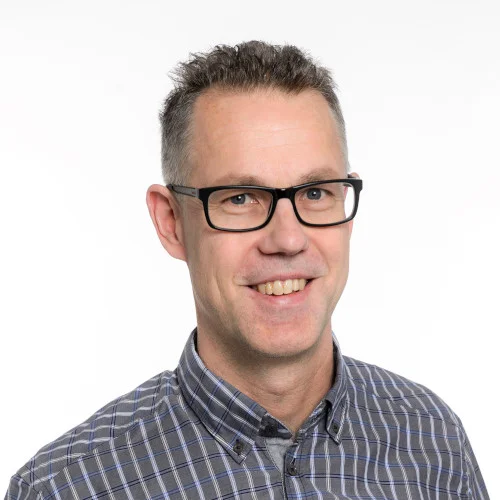What is the new WG, Time-resolved Structural Biology, about? We ask Thomas Ursby
We talk to Thomas Ursby, researcher at Max IV, about the newly established working group: Time-resolved Structural Biology.
What are the most pressing questions you want to explore in the WG?
How to best use the new possibilities that are rapidly developing in the area of time-resolved structural biology. There are new possibilities at synchrotrons and X-ray free electron lasers, for example in crystallography where we need to figure out how to best trigger reactions, but we also need to figure out how different time-resolved techniques can best complement each other, and how time-resolved techniques can best contribute to structural biology. That is also how the integrative structural biology theme is important for this working group.
What do you hope to get out of the work?
I hope that we can make world leading experts meet in different constellations and in different ways including workshops, video meetings etc to contribute to answer these questions.
Why did you set it up now?
The LINXS theme "Integrated Structural Biology" created the opportunity. Personally I have had an interest in time-resolved crystallography for 25 years, but what we at that time succeeded in doing was only what you could call proof-of-principle experiments. The last few years the field has taken off, triggered by the new possibilities at the X-ray free electron lasers and with increasing interest at synchrotrons thanks to the new sources and new methods. With the beamline MicroMAX at MAX IV that will open in a couple of years, I think we will be part of making this a common technique giving important information to understand structural biology.
What societal problems are the WG trying to address?
Structural biology is all about understanding biology on a molecular level. It has very close coupling to health and the development of new medicines. Time-resolved techniques are to a large extent used for fundamental research that can help in improving the techniques that are applied to understand biology and also to help develop medical treatments.
in what part of structural biology are these techniques mostly used?
We will not limit our interest to certain time scales or parts of structural biology, but investigate these issues in general assuming the techniques will become more and more generally applicable.
What upcoming events do you have planned?
Most importantly we are planning a workshop in late spring 2020 covering important aspects of time-resolved structural biology.
About the Working Group: TIme-Resolved Structural Biology - New Possibilities in a Time of New Facilities
Time-resolved structural biology aims at determining structural intermediates in order to understand the function of e.g. proteins. Work in the area of time-resolved crystallography, first at synchrotron sources and more recently also at X-ray Free Electron Lasers (XFELs) has shown that it is possible to study structural events down to very short time scales. One important development follows the fact that very small crystals can now be used. It makes it possible to trigger events with diffusion in much shorter time scales and to study irreversible reactions common in biology, which makes the time-resolved techniques potentially much more generally applicable.
Time-resolved crystallography must be complemented with other techniques, e.g. different spectroscopic techniques to verify that what happens in the crystal is the biologically relevant reaction. In a broader sense, other techniques such as XAFS, SAXS, neutron spectroscopy, NMR and molecular dynamics are important to give a more complete picture.
There are however challenges in time-resolved crystallography, for example: Finding the best way to trigger a reaction is an issue that has to be solved for each individual case, though there are general strategies that can be developed. Data sets are often assembled from multiple crystals, which are often heterogenous. Typically, there is only a fraction of the molecules in the desired state making it difficult to interpret the data. Collecting data while a reaction is taking place can lead to disorder in the crystal and loss of resolution.
Thomas Ursby.

